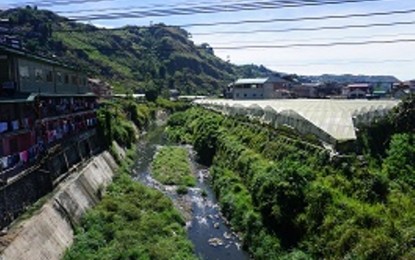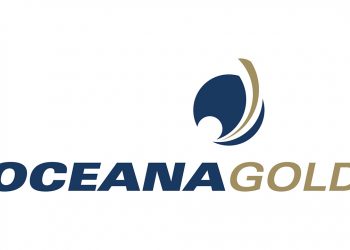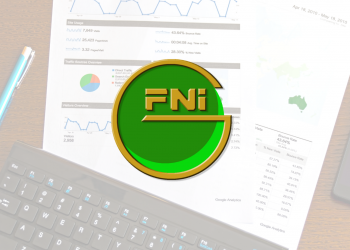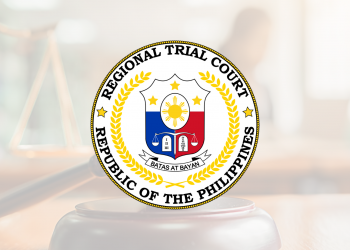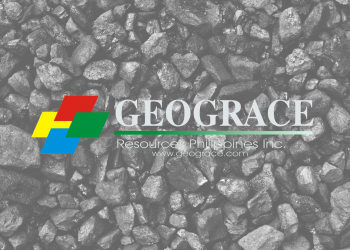The strict quarantine measures including the decreased population of Baguio and La Trinidad were key factors in cleaning up the Balili River, according to City Environment and Parks Management Officer-in-Charge Rhenan Diwas.
“Likewise, the closure of majority of the commercial activities (restaurants) and limited operation of public market and slaughterhouse were seen as contributory to the less turbid wastewater discharges,” Diwas was quoted in a report.
With the unexpected cleansing of Balili, Diwas highlighted actions for the task force to implement:
- Proceed with the rehabilitation and upgrading of the Baguio Sewerage Treatment Plant to expand its coverage to other barangays
- Continue the rehabilitation of sewer lines
- Improve Septage Management System, which include an additional septage facility
- Rehabilitate the public market to include its own sewerage facility
- Transfer the Slaughter House outside central business district and to include a sewerage facility for animal waste and others
Diwas said the water quality has become compliant with the standard of the Department of Environment and Natural Resources (DENR).
Based on the water test result conducted by the CEPMO-Wastewater, Water and Air Monitoring Division (WAMD), the wastewater influent (raw) in February 2020 reached almost the maximum level at 8,557.18 m3/day. However it significantly decreased to 4,369. 97 m3/day in March 2020.
Baguio residents and concerned groups had earlier formed the “Save Balili River” coalition to work on restoring the gateway to its former condition.
Photo from Philippine News Agency



